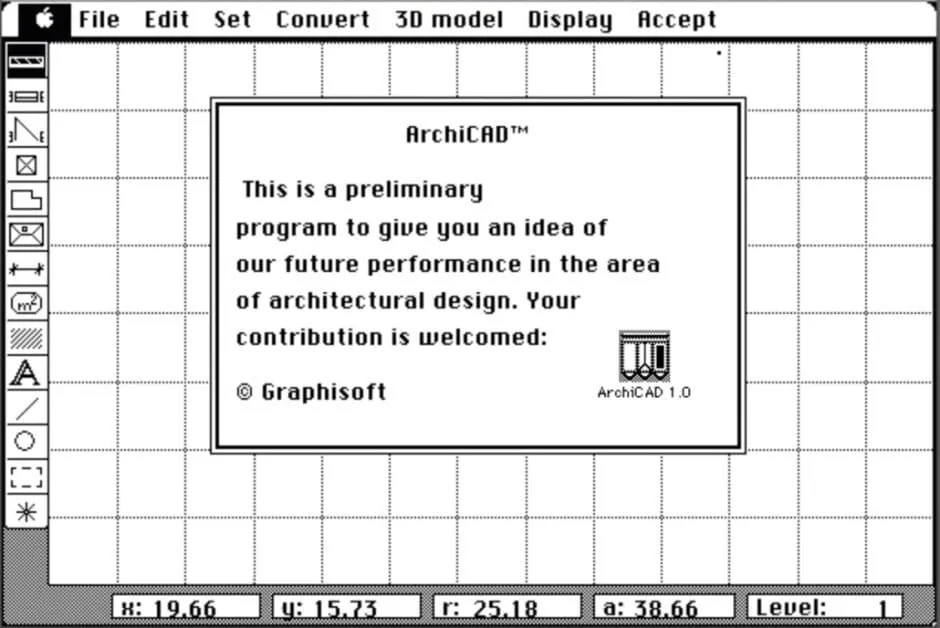What is BIM? You’ve probably heard the term before. Something to do with computers and 3D models. Or, to paraphrase a colleague, “something the nerds get to do in the basement of the company.”
Well, it might be more important than you think! The adoption of BIM has been shown to significantly improve project outcomes, leading to substantial time and cost savings. According to a McKinsey whitepaper, projects utilizing BIM have reported up to 20% reduction in completion time and 10% cost savings compared to projects managed through traditional methodologies.
Let us dive into what is BIM, and why you need to hop on this train.
What is BIM? Where does it come from?
BIM stands for Building Information Modeling (sometimes interchangeably used with Building Information Management) and is a process to create, manage, and utilize digital representations of physical assets. By assets we mean physical infrastructure: buildings, bridges, stadiums, oil refineries, mines, chemical plants, or any other physical infrastructure.
The term has its roots in the early attempts to digitalize the process of building design and construction. Although the concept of using computers to model physical assets has been around since the early 1970s, its formal terminology was first coined in the mid-1980s—it was only formalized by ISO in 2018, with the standard ISO 19650.
In essence, you can think of BIM as the combination of the digital representation of the physical asset (3D models, 2D drawings, etc) and the critical information that underpins it—everything from materials, vendor information or data, operational details, dimensions, and others.
The key difference here between a BIM model and something like a 2D AutoCAD drawing is the information part. While the 2D drawing is also digital, it has no additional information; nothing that would aid in the design, fabrication, construction, or operation of the asset. Colloquially, models without such information are referred to as “dumb” models, to differentiate them from their BIM counterparts (colloquially “intelligent” models).
One of the first milestones in the development of BIM solutions was the introduction of ArchiCAD by Graphisoft, which is considered by many as the first BIM software. This was followed by other software developments, including Autodesk Revit, which further popularized the BIM process.

Así era ArchiCAD en 1987. (Copyright: Graphisoft.)
OK, I get what is BIM. But are all Digital Models BIM?
Here’s where the waters get murky. While BIM originated with a focus on architecture and civil construction, the industrial sector, encompassing plant engineering and large-scale projects, presented different challenges. The complexity of process engineering, mechanical equipment, piping, and electrical modeling demanded specialized solutions.
Consequently, in parallel to the development of ArchiCAD and other BIM tools, specialized Plant Engineering software emerged, tailored to these industrial intricacies but not initially branded under the BIM umbrella. The most notable ones are PDMS from AVEVA, now replaced by AVEVA™ E3D Design, and PDS from Intergraph, succeeded by Intergraph Smart® 3D.
These solutions had better support for the needs of their fields: multidisciplinary modeling, precise MTO generation, compliance with different industry standards (especially in the piping sector), pre-built libraries for structures and piping components, automated isometric generation, and other things that were less relevant to the architecture and civil construction, the traditionally named BIM sector.
That is confusing. Is it BIM or not?
It is slightly confusing for all of us! BIM has evolved into a catch-all phrase for the digital representation of physical assets, extending well beyond the confines of buildings and infrastructure. This often leads to misconceptions, with some companies and software vendors promoting BIM as a panacea for all construction and design projects, even when their solutions are only suited for architecture and construction.
What is a better term then?
Given the expansive nature of digital modeling, I lean towards “Digital Engineering” as a more encompassing term. When discussing the digital representation of existing physical assets, such as industrial plants or refineries, “digital twins” is the term that best fits what is being done.
At Thomaz, when I am asked what we do, I navigate the conversation with care. At times I will just describe it as “BIM”, because that conveys the idea quickly with many, and if that facilitates understanding within the industry, so be it. Ultimately, the goal is not to quibble over terminology, but to use technology and digital modeling to accurately model physical assets, thereby enhancing engineering, construction, and operational processes.
Interested in hearing more? Reach out for a chat with us!